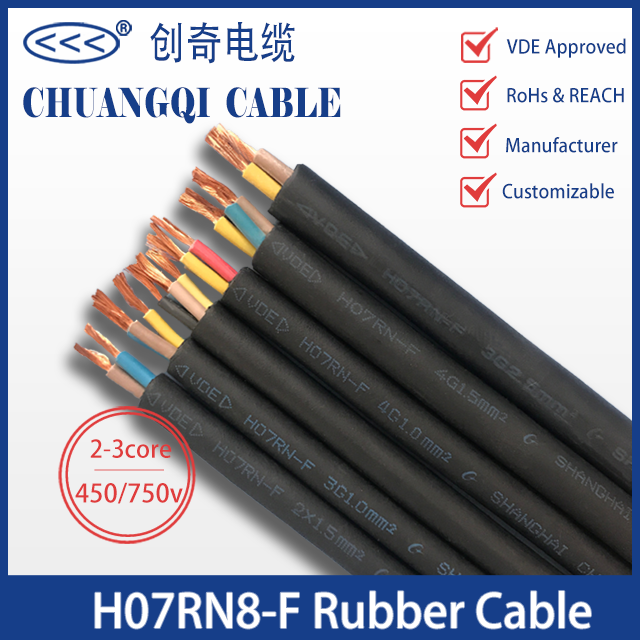Heat-resistant and high-temperature wires and cables ar […]
Heat-resistant and high-temperature wires and cables are generally determined by two requirements. The first is the high ambient temperature of the wire and cable, and the cable can normally transmit signals or electric energy under high temperature for a long time; the other is the power transmission cable, which is mainly for increasing the interception capacity.
Electrical Wire and Cables working in high temperature environment. Ordinary cables are prone to insulation aging and scorching at high temperatures, and the use of cables loses performance, is damaged and cannot be used. The high temperature cable can work normally and stably under the rated high temperature, the signal or power transmission performance is not affected, and the cable has a long service life. This type of functional cable is the most common type of high-temperature cable, and its use characteristics are also the easiest to understand.

The load-increasing high-temperature cable is mainly to reduce the outer diameter and weight of the cable under the prerequisite of current-carrying, and it is developed to be lightweight. Generally speaking, the higher the operating temperature of the cable, the greater the current carrying capacity of the cable of the same cross-section. For occasions like airplanes and automobiles, weight reduction is of great significance. The use of high-temperature cables greatly reduces the cross-section. When the operating temperature rises from 90°C to 155°C, the current-carrying capacity increases by 50%. At the same current-carrying capacity, the weight of the cable is reduced by half and the cost is also reduced. Of course, at the same time as high current interception, the power loss of most insulating materials will also increase.